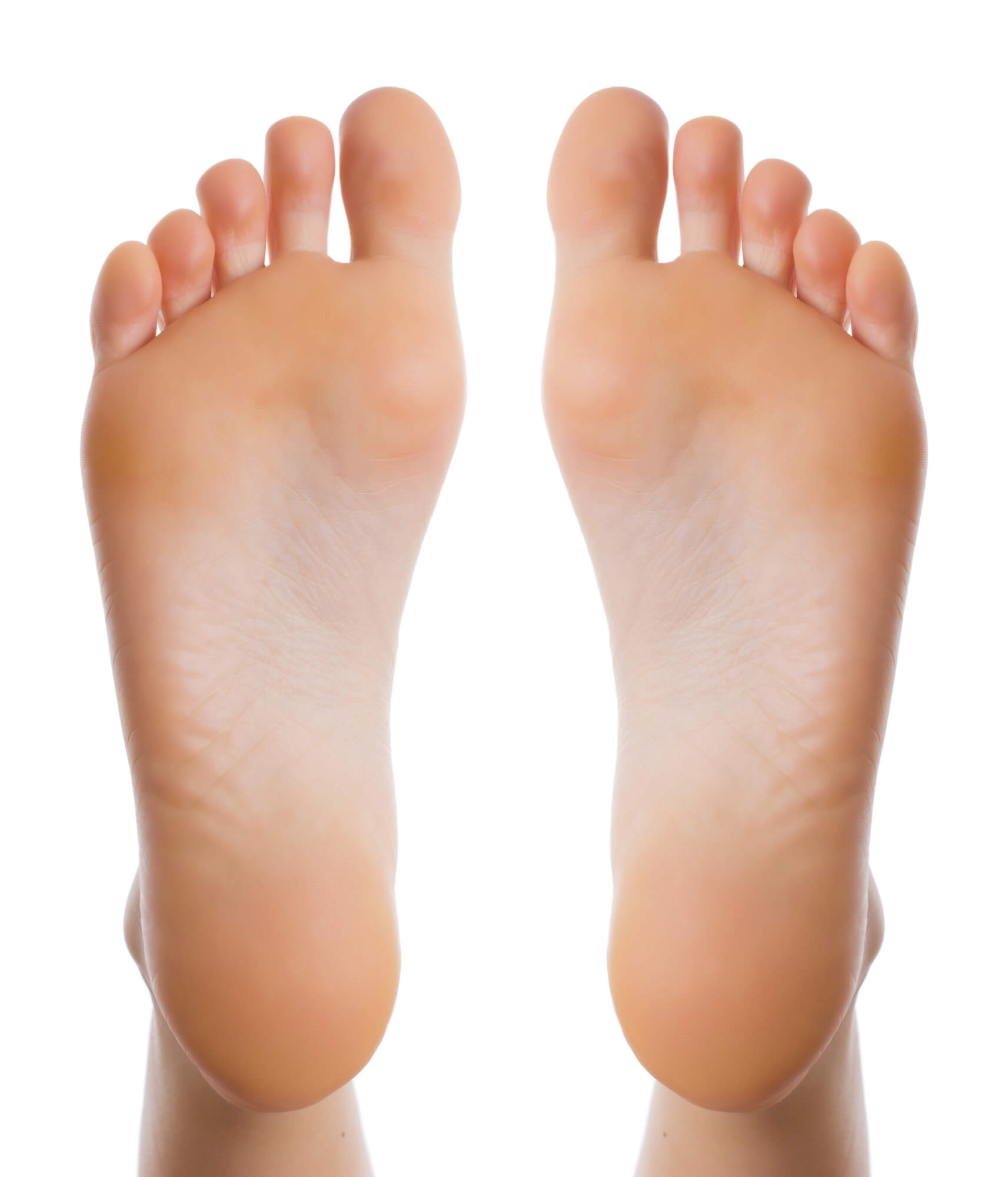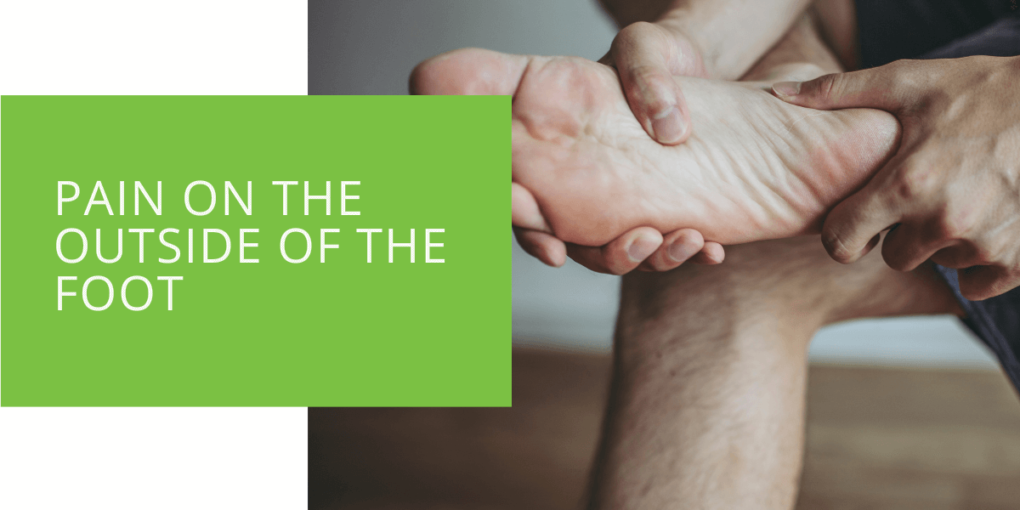Understanding and Managing Pain on the Outside of the Foot
Pain on the outside of the foot can be a frustrating and debilitating condition that can greatly impact a person's daily activities and quality of life. The outer side of the foot, also known as the lateral foot, is a complex and important area that includes the ankle, heel, and big toe joint. Various conditions and injuries can cause pain on the outside of the foot, some of which are more serious than others. Understanding the causes, symptoms, and treatment options for lateral foot pain can help individuals manage their condition and return to normal activities.
Causes of Pain on the Outside of the Foot
- Fractures: A fracture, or a broken bone, can occur anywhere in the foot and ankle, including the lateral side. Fractures of the fifth metatarsal, which is the bone that runs along the outer edge of the foot, are a common cause of pain on the outside of the foot. These fractures are often caused by twisting or rolling of the ankle and are commonly referred to as a "Jones Fracture" or "Dancer's Fracture."
- Sprains: An ankle sprain is an injury to the ligaments, which are the tissues that connect bones. A sprain can occur when the foot is twisted or turned unnatural, such as when landing on an uneven surface. Lateral ankle sprains are the most common type of ankle sprain and can cause pain and swelling on the outside of the foot.
- Stress Fractures: A stress fracture is a small bone crack due to overuse or repetitive stress. Stress fractures can occur in any bone in the foot and ankle but are most common in the fifth metatarsal and cuboid, which is a bone on the foot's outer side. Stress fractures may cause pain, swelling, and tenderness to the touch.
- Tendinitis: Tendinitis is inflammation of a tendon, which is the tissue that connects muscle to bone. The peroneal tendons, which run along the outer side of the ankle and foot, are a common source of pain outside the foot. Overuse, repetitive motions, or ankle sprains can cause peroneal tendinitis.
- Overuse Injuries: Overuse injuries, such as shin splints and tendonitis, can also cause pain on the outside of the foot. This type of pain is often caused by activities that involve repetitive motions, such as running, dancing, or sports.
- Arthritis: Arthritis is a condition that causes inflammation in the joints and can cause pain, stiffness, and limited range of motion. Arthritis can affect any joint in the foot and ankle, including the big toe, located on the foot's outer side.
- Nerve Problems: Nerve problems, such as nerve impingement, compression, or entrapment, can also cause pain on the outside of the foot. This pain is often described as a burning, shooting, or tingling sensation and may be accompanied by numbness or weakness.

Symptoms of Pain on the Outside of the Foot
- Swelling: Swelling is a common symptom of pain on the outside of the foot. Swelling can be caused by inflammation or injury to the tissues and can be accompanied by redness or warmth.
- Bruising: Bruising is another common symptom of pain on the outside of the foot. Bruising can occur due to a direct blow or impact to the foot or from bleeding inside the tissues.
- Tenderness to The Touch: Tenderness to the touch is a common symptom of pain on the outside of the foot. This can be caused by inflammation or injury to the tissues and can be accompanied by redness or warmth.
- Limited Range of Motion: A limited range of motion is a common symptom of pain on the outside of the foot. This can be caused by inflammation or injury to the tissues and can be accompanied by redness or warmth.
- Difficulty Bearing Weight on The Affected Foot: Difficulty bearing weight on the affected foot is a common symptom of pain on the outside of the foot. This can be caused by inflammation or injury to the tissues and can be accompanied by redness or warmth.
- Numbness or tingling sensations: Numbness or tingling sensations are symptoms that may be associated with pain on the outside of the foot. Numbness or tingling sensations can be caused by nerve problems and can be accompanied by weakness or pain.

Diagnosis
To diagnose pain on the outside of the foot, a podiatrist will typically start by taking a medical history and performing a physical examination. During the examination, the podiatrist will check for signs of swelling, bruising, tenderness, and limited range of motion. They may also ask about any activities or movements that cause the pain to worsen.
Medical History and Physical Examination
A podiatrist will ask about any symptoms and will also ask about any other health conditions you may have and any medications you are currently taking. They will also check for any problems with the foot's bones, ligaments, tendons, or nerves.
Imaging Tests Such as X-Rays or MRIs
Imaging tests such as X-rays or MRIs can also be used to help diagnose pain on the outside of the foot. These tests can help to identify any fractures, sprains, or other injuries that may be causing the pain.

Treatment
Treatment options for pain on the outside of the foot will depend on the underlying cause of the pain. Common treatment options include:
Rest and immobilization
Rest and immobilization are important treatment options for pain on the outside of the foot. This may involve using a brace or cast to immobilize the foot and ankle or taking a break from activities that cause the pain to worsen.
Ice and over-the-counter pain medication
Ice and over-the-counter pain medication can help to reduce pain, swelling, and inflammation. Applying ice to the affected area for 15-20 minutes several times a day can help reduce pain and swelling. Over-the-counter pain medication such as ibuprofen or naproxen can also be helpful.
Physical Therapy And Exercises to Improve Strength and Flexibility
Physical therapy and exercises can also be effective treatment options for pain on the outside of the foot. A physical therapist can help to design an exercise program that targets the muscles and joints in the foot and ankle. Exercises can include stretching and strengthening exercises, as well as exercises that target the specific cause of the pain.
Injections or Surgery for More Severe Cases
In some cases, more severe cases may require injections or surgery to relieve pain. For example, a corticosteroid injection can reduce inflammation and pain in the case of arthritis or tendinitis. Surgery may be considered for more severe cases, such as a stress fracture or chronic pain in case of arthritis that did not respond to the conservative treatment.

Prevention and self-care for Pain on the Outside of the Foot
Wearing Proper Footwear
Wearing proper footwear is one of the most important ways to prevent pain on the outside of the foot. Proper footwear should provide good support for the foot and ankle and be comfortable and fit well.
Stretching and Warming up Before Exercising
Stretching and warming up before exercising is another important way to prevent pain on the outside of the foot. Warming up before exercising can help to prepare the muscles and joints for physical activity, while stretching can help to prevent injuries by improving flexibility.
Gradually Increasing the Intensity of Physical Activity
Gradually increasing the intensity of physical activity is also important in preventing pain on the outside of the foot. This can help to prevent overuse injuries and also help to prepare the body for more intense physical activity.
Maintaining a Healthy Weight
Maintaining a healthy weight can also help prevent pain outside of the foot. Being overweight or obese can put extra stress on the feet and ankles and increase the risk of developing pain and injuries.
Taking breaks and resting when experiencing pain
Taking breaks and resting when experiencing pain is also important in preventing pain on the outside of the foot. Resting can help reduce inflammation and pain while allowing the tissues to heal and recover.
When to see a Doctor
It's recommended to see a podiatrist or doctor if the pain persists despite self-care measures. Also, if the pain is severe or debilitating, if there are signs of infection such as redness, fever, or warmth, if the pain is accompanied by numbness or tingling, or if you have a history of diabetes or poor circulation. A podiatrist is a medical professional who specializes in diagnosing, treating, and managing foot and ankle problems and can help identify the underlying cause of the pain and develop a treatment plan.
Conclusion
Pain on the outside of the foot can be caused by various conditions, from fractures and sprains to tendinitis and arthritis. It's important to understand the causes, symptoms, and treatment options to manage the condition effectively. Seeing a podiatrist or doctor for a proper diagnosis and treatment plan can greatly aid recovery. Additionally, it's important to take preventative measures such as wearing proper footwear, stretching and warming up before exercise, and maintaining a healthy weight to reduce the risk of developing pain on the outside of the foot. Remember, paying attention to your body and listening to it will help you recover effectively.

